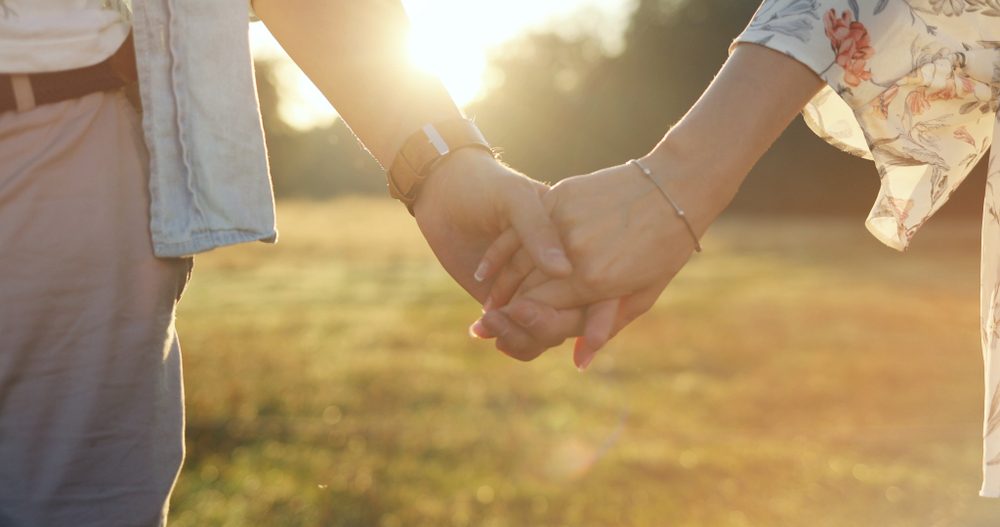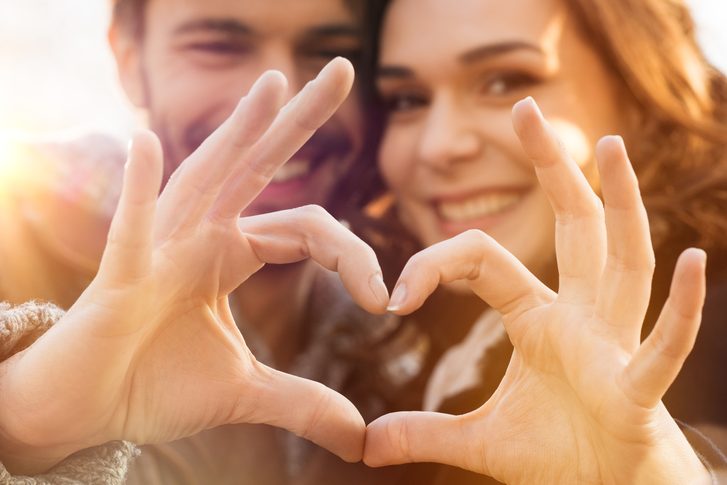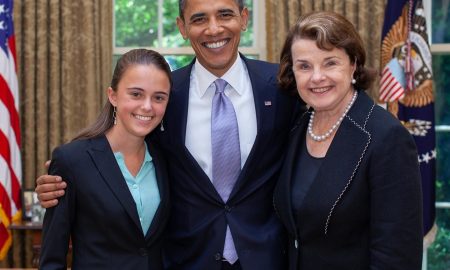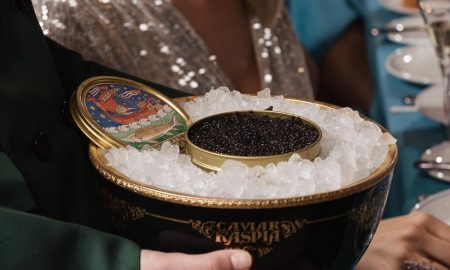
If Love Is A Matter Of The Heart, Why Does Your Brain Get High When Your Favorite Person Is Around?

Who doesn’t get butterflies in their stomach and get all giddy when someone they like is nearby? Love itself is a mysterious thing, and there’s no doubt about it. But how does a person really fall in love, and what makes us stay in love with our special someone? There are thousands of questions that are still left unanswered by experts all over the world, but scientists from different fields are working on what makes being in love… well, being in love?
Where in the brain is love?

Rido/Shutterstock
In the year 2000, two scientists from University College London set out to find out what love is and where exactly in the brain is love. They studied the brain scans of many people who said that they were genuinely, truly, and madly in love with their significant other.
The findings of the study revealed that whenever they saw a photo of their partner, a specific area in their brains lit up. That area was the medial insula, the anterior cingulate cortex, and some segments of the dorsal striatum.
How does love affect our minds?
Some hypotheses relate the activation and deactivation of some specific brain areas with having relation to certain behaviors and attitudes while taking into account romantic love. When a subject was asked to think romantically of their partner, some areas rich in neuromodulator got activated immediately.
Those areas were associated with addiction, reward, desire, and some euphoric states, which is known as dopamine. Researchers said that people who are in love get a constant high because the presence of dopamine makes them get in touch with the other person, further strengthening the existing relationship.
Do desire and love light up the same areas of the brain?

Marjan Apostolovic/Shutterstock
One of the main things that pop up in everyone’s minds when they think about romantic love is physical attraction. There are countless relationships in which love and physical attraction go hand in hand, but do both of these light up the same parts of the brain?
According to a psychiatrist and neuroscientist named Stephanie Cacioppo, Ph.D., there are overlaps in love and desire since they light up some parts of the human brain at the same time. In a study she co-authored in 2012, they concluded that when a subject was shown a picture that they found sexually arousing, certain parts of their brain, which usually get activated due to romantic affection, also became active.
But that’s not always the case…
Meanwhile, another study conducted in 2012 has shown that although both things overlap when it comes to brain activity in the area called the striatum, they each stimulate specific and different parts.
Researchers explained that desire stimulates parts of the striatum connected to “automatic” reward responses, like eating, drinking, and making love. Genuine love, on the other hand, stimulates the parts of the striatum connected to “learned” reward responses—or those things we come to correlate with pleasurable sensations in time as well as experience.
More in Love Life
-
`
Signs of Emotional Connection in Relationships
Building a strong connection with someone isn’t just about being in sync or sharing hobbies—it’s about that deeper bond, where you...
December 4, 2023 -
`
Hollywood’s Shortest Marriages: Britney Spears, Carmen Electra & More!
In the glitzy world of Hollywood, where fairy tales often unfold on the silver screen, there exists a flip side—a realm...
December 3, 2023 -
`
The Surprising Benefits of Unplugging
In today’s hyper-connected world, where we are constantly bombarded with notifications, messages, and the allure of social media, disconnecting may seem...
November 26, 2023 -
`
How “Looking Your Best” Improves Our Wellbeing
Most of us have had moments standing in front of our closet, deciding on an outfit for the day. And we...
November 15, 2023 -
`
Therapy? Medication? What Are the Treatments for PTSD
Post-Traumatic Stress Disorder (PTSD) is a common after-effect of traumatic events. It can be a debilitating condition, but the good news...
November 7, 2023 -
`
Meet the Woman Who ALMOST Married Barack Obama
Barack Obama’s life has been a captivating narrative, often told and retold, with each revelation adding layers of intrigue to his...
November 5, 2023 -
`
The Rise of Caviar Bumps, Thanks to Gen Z
In an intriguing twist of culinary culture, millennials and Gen Zers are drawn to an unusual indulgence – fish eggs, or...
October 28, 2023 -
`
Everything You Need to Know About Acid Reflux, Heartburn and GERD
Ever had that burning-in-the-chest sensation after a meal? Or perhaps you have lain awake at night with an odd sour taste...
October 17, 2023 -
`
Best AI Apps for Mental Health
Mental health has long been a topic of discussion and concern. With technological advancements, AI (Artificial Intelligence) has emerged as a...
October 10, 2023















You must be logged in to post a comment Login